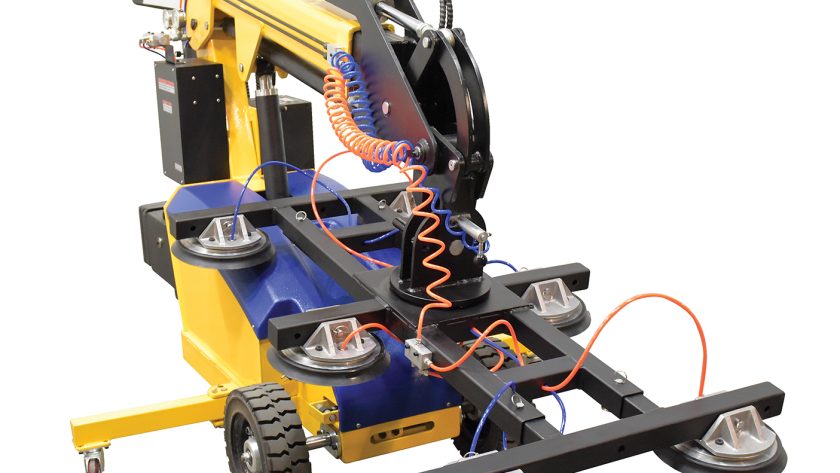Vacuum lifter systems have come a long way since their inception. What started as a simple concept of using suction to lift and move heavy objects has evolved into sophisticated machinery that can handle a wide range of materials with precision and efficiency.
The earliest vacuum lifter systems were basic in design, consisting of a vacuum pump connected to a suction cup or pad. These early systems were limited in their capabilities and could only handle relatively small and light objects. However, as technology advanced, so did the capabilities of vacuum lifter systems.
One of the key advancements in vacuum lifter technology was the development of more powerful vacuum pumps. These pumps are now able to generate much higher levels of suction, allowing them to lift heavier objects with ease. In addition, improvements in materials science have led to the development of stronger and more durable suction cups and pads, further increasing the lifting capacity of Vacuum lifter systems.
Another important evolution in vacuum lifter technology is the development of computerized control systems. These systems allow for precise control over the lifting process, including adjusting suction levels, monitoring load weights, and even programming complex lifting sequences. This level of automation has greatly increased the efficiency and accuracy of vacuum lifter systems, making them indispensable tools in modern manufacturing and material handling operations.
In addition to advancements in technology, there have also been innovations in design that have made vacuum lifter systems more versatile than ever before. For example, some models now feature adjustable arms or booms that can be easily repositioned to accommodate different types of loads. Others are equipped with multiple suction cups or pads that can be individually controlled, allowing for greater flexibility when handling irregularly shaped objects.
Furthermore, improvements in safety features such as automatic shutoff mechanisms and fail-safe devices have made vacuum lifter systems safer to operate than ever before. These features help prevent accidents and injuries by automatically stopping operation if any problems are detected.
Overall, the evolution of vacuum lifter systems from simple concepts to sophisticated machinery is a testament to human ingenuity and innovation. As technology continues to advance, we can expect even more exciting developments in this field that will further enhance the capabilities and versatility of these essential tools for material handling applications.





